Geomechanics
Geomechanics
Assure your well's stability and maximise production lifetime with IP Geomechanics.
Calculate reservoir rock strengths and wellbore stresses from proven models. Save your well from rock-face failures and analyse for potential sand production. Predict pore pressure and mud weight to optimise drilling speed.
IP Geomechanics arms you with the best possible interpretation and knowledge. That allows you to make confident, informed drilling and production decisions – and realise your well's full potential safely.
Download The Flyer
Explore the modules
included in this toolkit

Frans Mulders
IP Product Champion
“Geomechanics is an indispensable topic when it comes to subsurface activities, be it (un)conventional hydrocarbons, fractured reservoirs, CO2 storage or geothermal. IP’s Geomechanics module provides you with easy and intuitive workflows to analyse pore pressure, wellbore stability, sand failure and fractures, and have the analyses seamlessly integrated with other necessary workflows.”
MW Pore Pressure
Calculate the subsurface pressures your drilling programme will experience to avoid abrupt changes and ensure wellbore stability. Pore Pressure Prediction models overburden, pore and fracture pressures based on conventional log curves, drilling information and seismic data.
Develop fluid migration models. Rank prospects. Study seal effectiveness and shape casing programmes. Put Pore Pressure Prediction to work as a pre-spud predictive tool or in real-time while drilling. Post-project, you can update and refine pressure models to inform future activity.
Pictured: Polar plot showing the sensitivity of the recommended mud weight to the well trajectory.
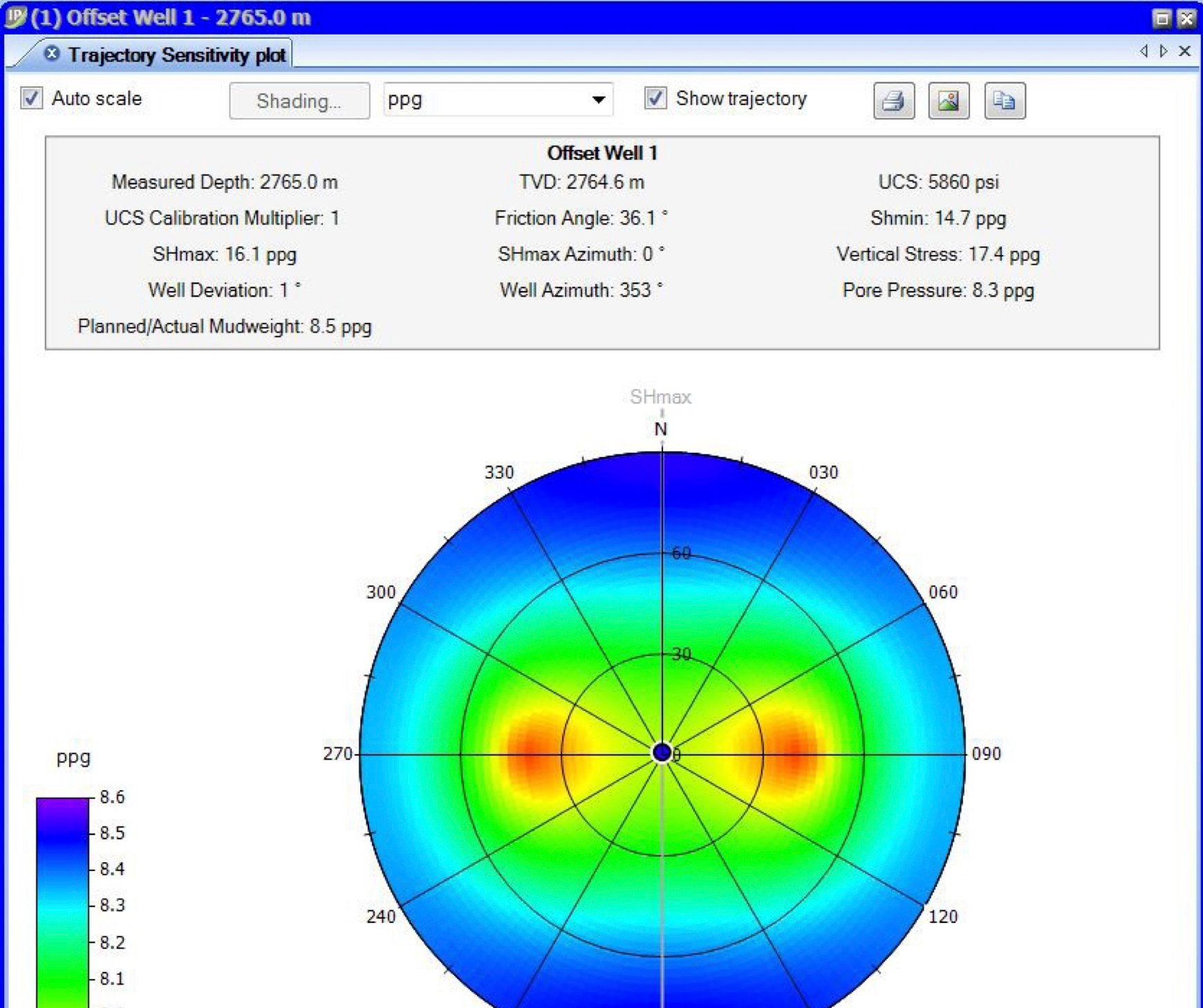
Sand Failure
Minimise the risk of costly formation failure and sand production with SandPIT 3D. By calculating stress on the walls of a perforation tunnel or wellbore and comparing it to rock strength, you can forecast well conditions likely to cause sand failure. Forewarned, you can maximise productivity with safe drawdown pressures and optimum perforation patterns.
Pictured: Visualise the impact of sand failure.
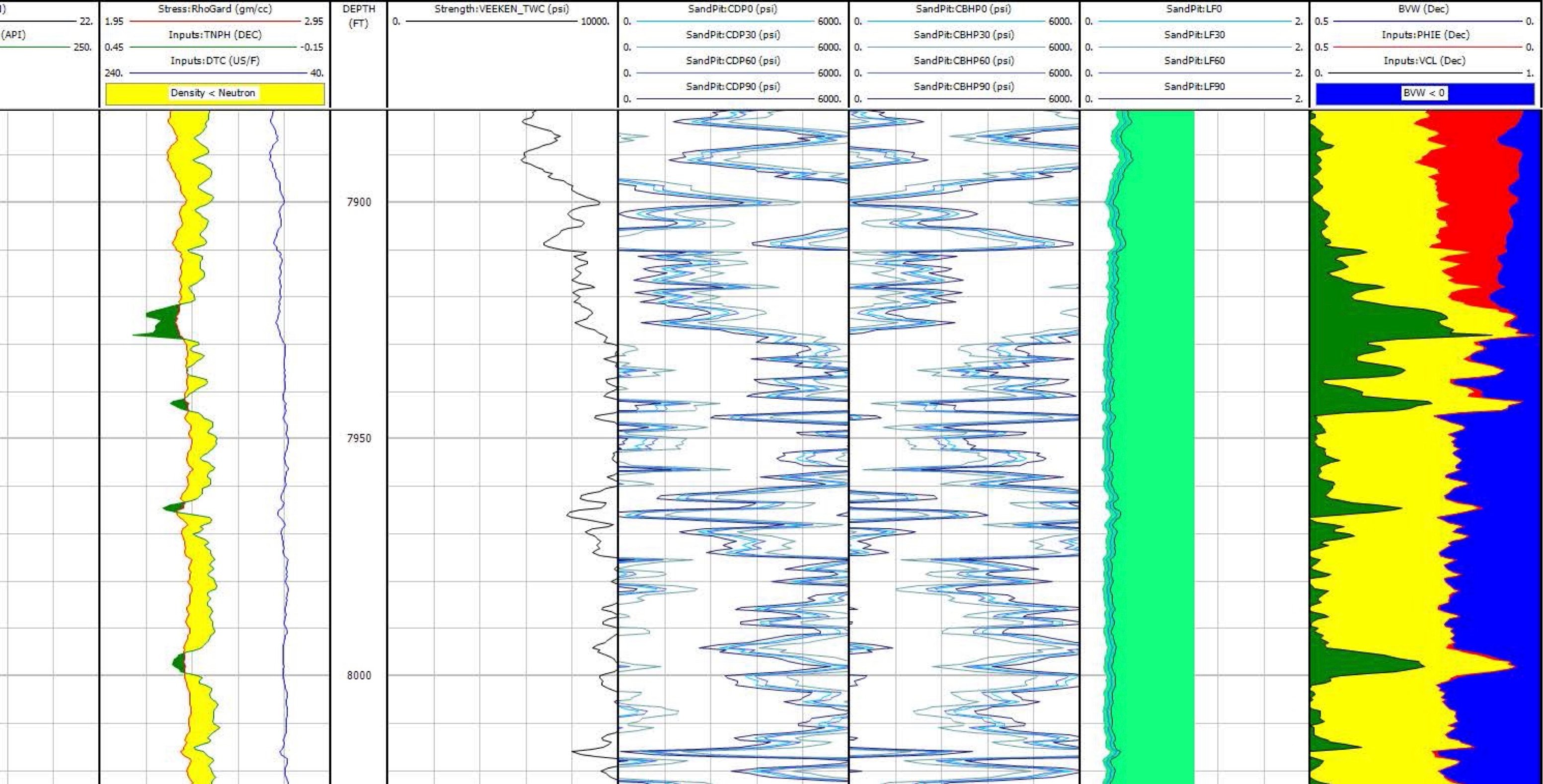
Wellbore Stability
Create a geomechanical model within Wellbore Stability and save your well from rock-face failures. Take the guesswork out of mud weight prediction for stable, safe drilling. Define the shear failure gradient using Mohr Coulomb, Modified Lade and Hoek-Brown.
Covering one well or an entire field, Wellbore Stability makes it swift and easy to calibrate against offset wells and apply your model to any new project.
Pictured: Analyse pore pressure trends across multiple wells.
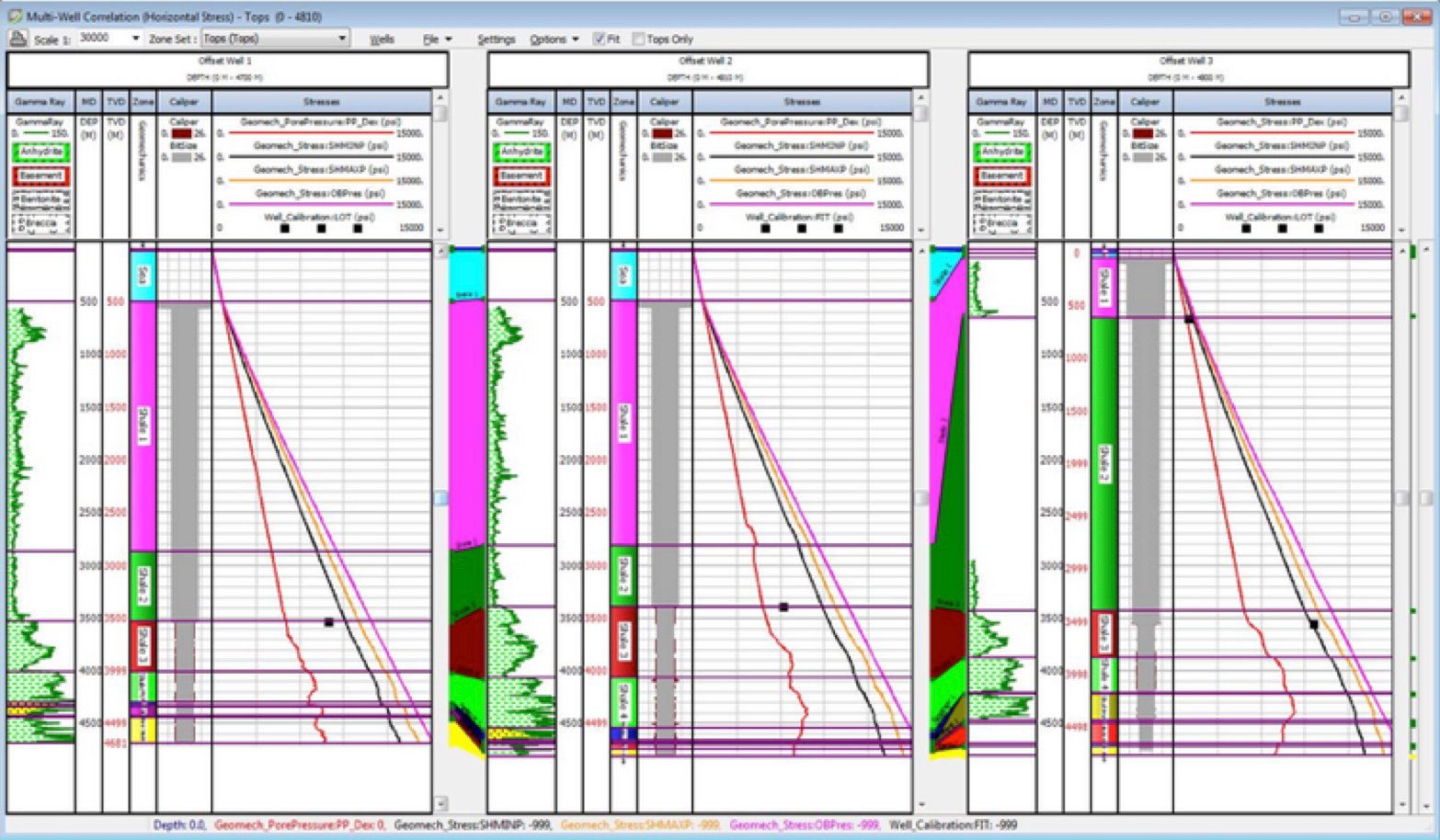
Explore IP
From porosity and pore pressure to reservoir productivity, IP gives you an incredibly capable and customizable solution to share and interpret well logs and many other vital data types.
Toolkits
IP Foundation
Contains all the tools and modules required for the complete management of subsurface log data including loading, log plots, x-plots, histograms, editing, filtering, depth shifting, exporting etc. Carry out the full, deterministic, petrophysical workflow – Includes Clay Volume, Porosity/Water Saturation, Cut-Off and Summations modules plus NMR Interpretation. Also includes Monte Carlo Analysis for uncertainty analysis, Chrono Log, IP Power Tools and the ability to create you own IP applications.
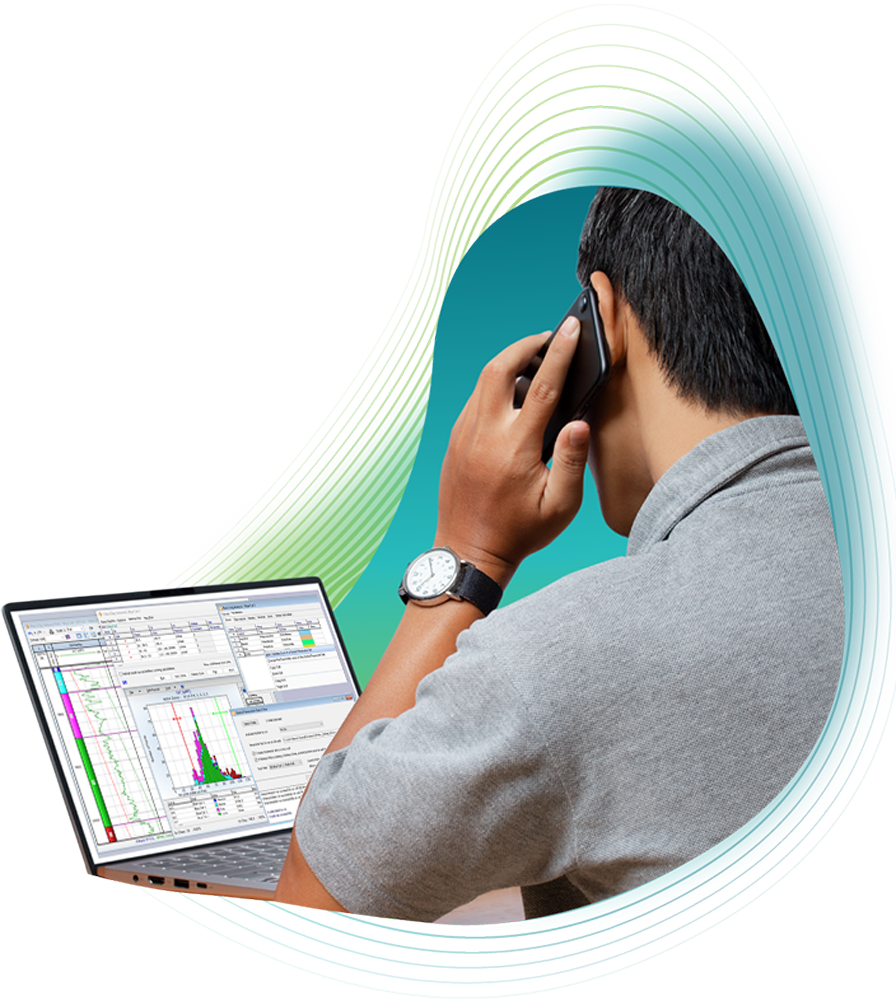
Advanced Formation Evaluation
Carry out complex interpretations with Mineral Solver, and characterize your reservoir with Saturation Height Modeling, Hydraulic Flow Units, and Formation Testing modules.
Learn More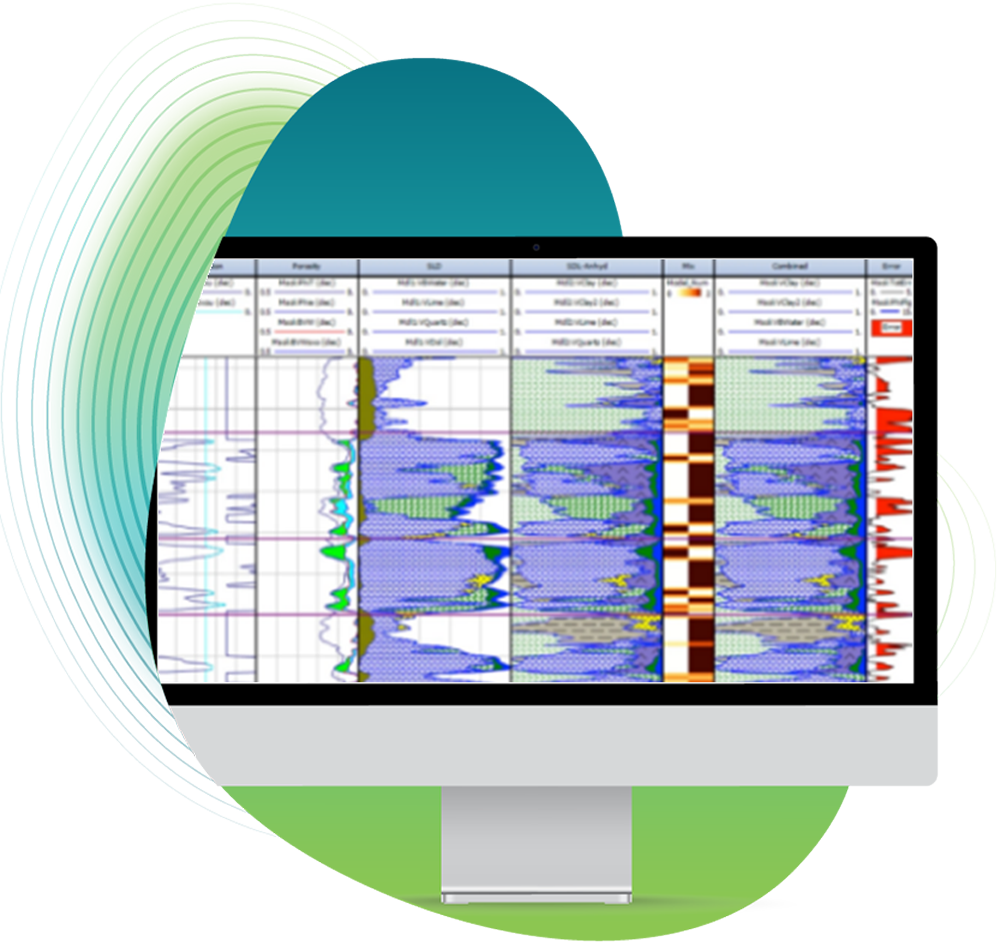
Borehole Imaging
Perform enhancements and corrections to Image Log data, utilize the vast amount of display and interpretation options specifically tailored for all the main image log tool types on the market.
Learn More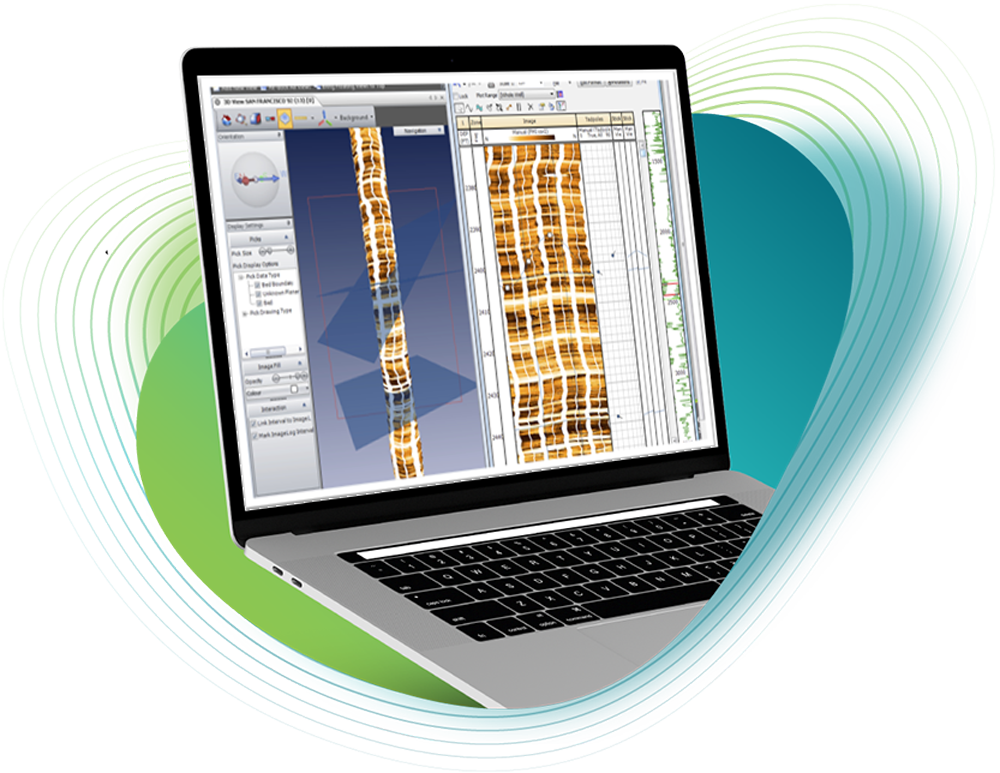
Cased Hole
Assess the downhole integrity of your wells with the casing and cement evaluation modules, while also monitoring reservoir fluid saturations and the production performance of each well.
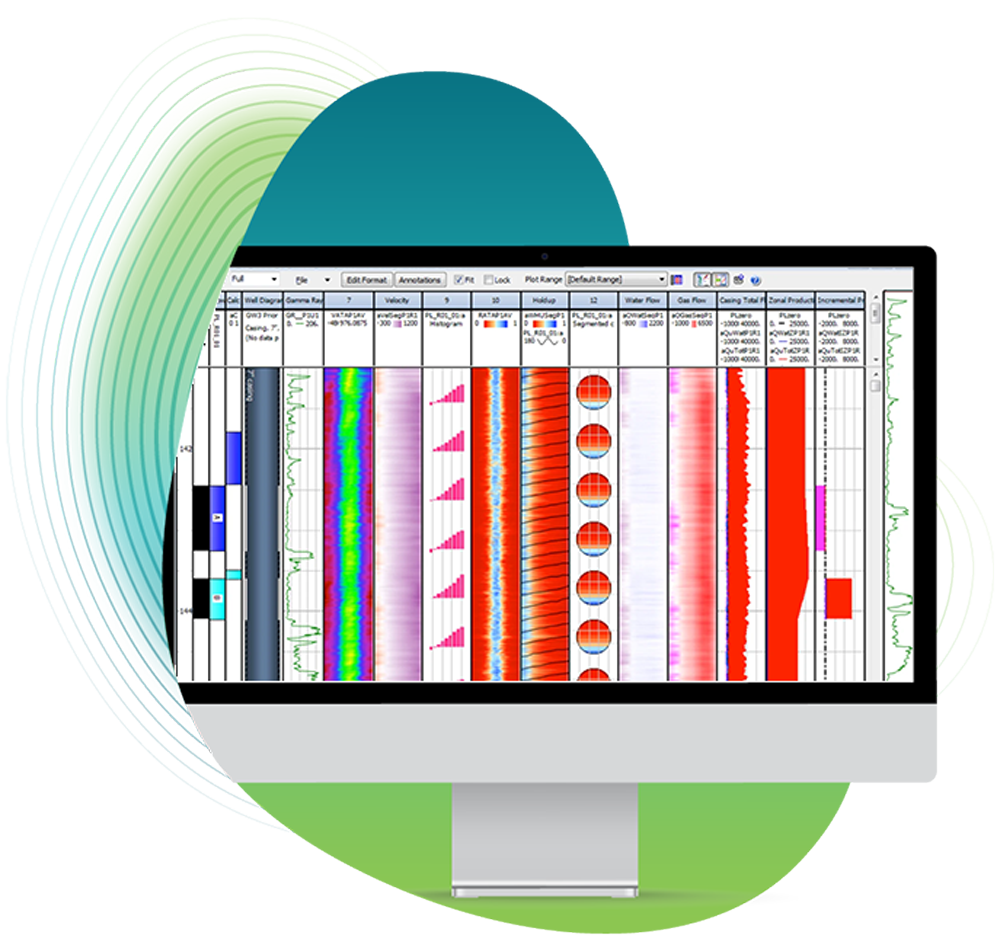
Geomechanics
Assure your well’s stability and maximize production lifetime using our suite of Geomechanics modules. Calculate pore pressures, determine wellbore stability and calculate risk of sand production.
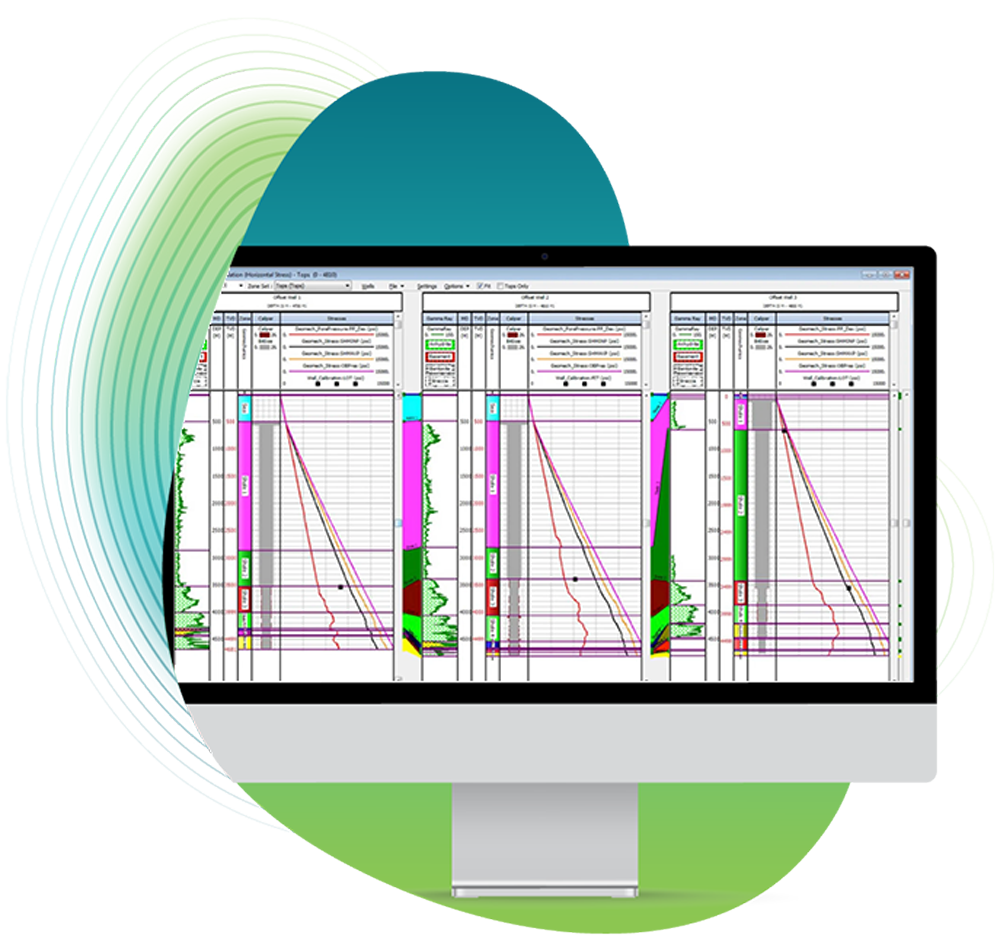
Geophysics
Bring your Petrophysics and Geophysics teams together to calculate the downhole acoustic properties of the formation, carry out fluid substitution analysis and create synthetic seismograms.
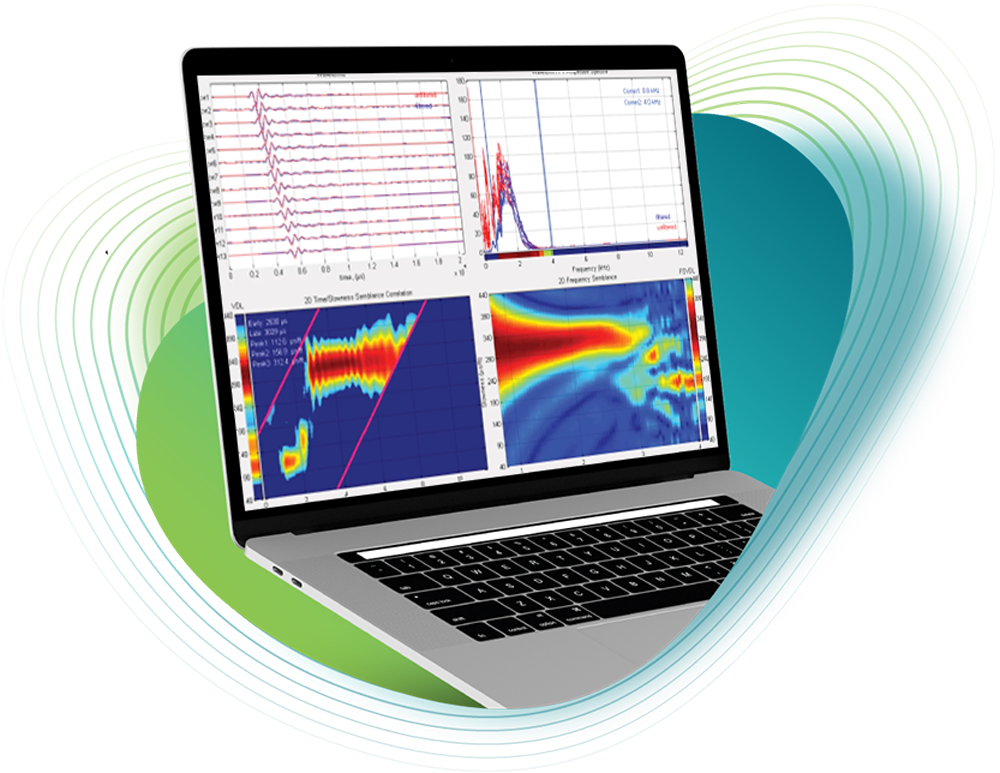
Machine Learning
Carry out data repair, prediction of missing curves, or key reservoir properties using minimal source data. Classify reservoir rock types using Self Organizing Maps and Cluster Analysis.
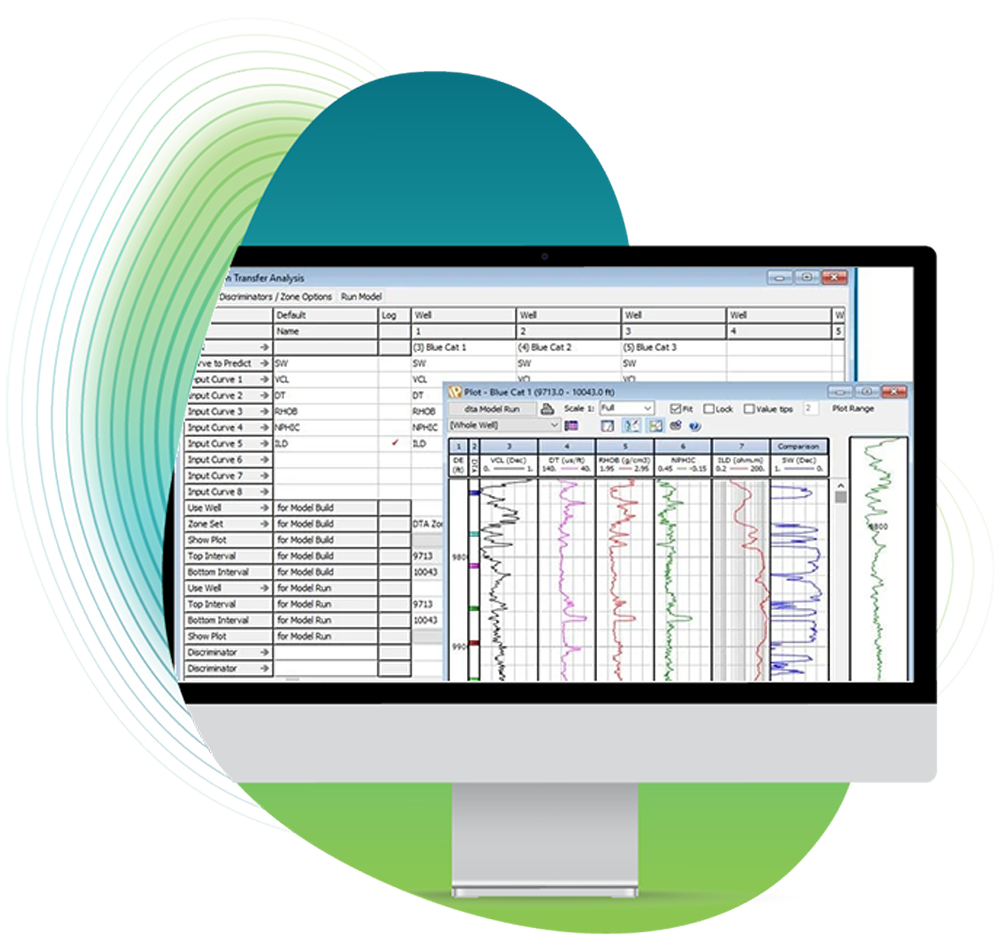
North Sea Database
Our database is designed to streamline exploration efforts across the Norwegian North Sea. Providing DISKOS members this powerful tool will save you time and money, offering first-hand verified data that ensures accuracy and reliability.

